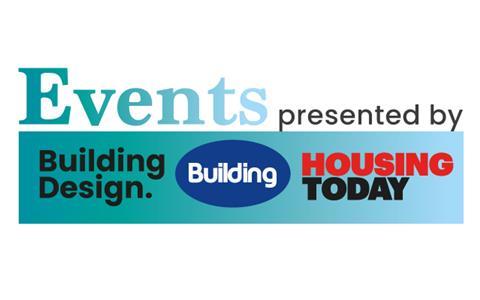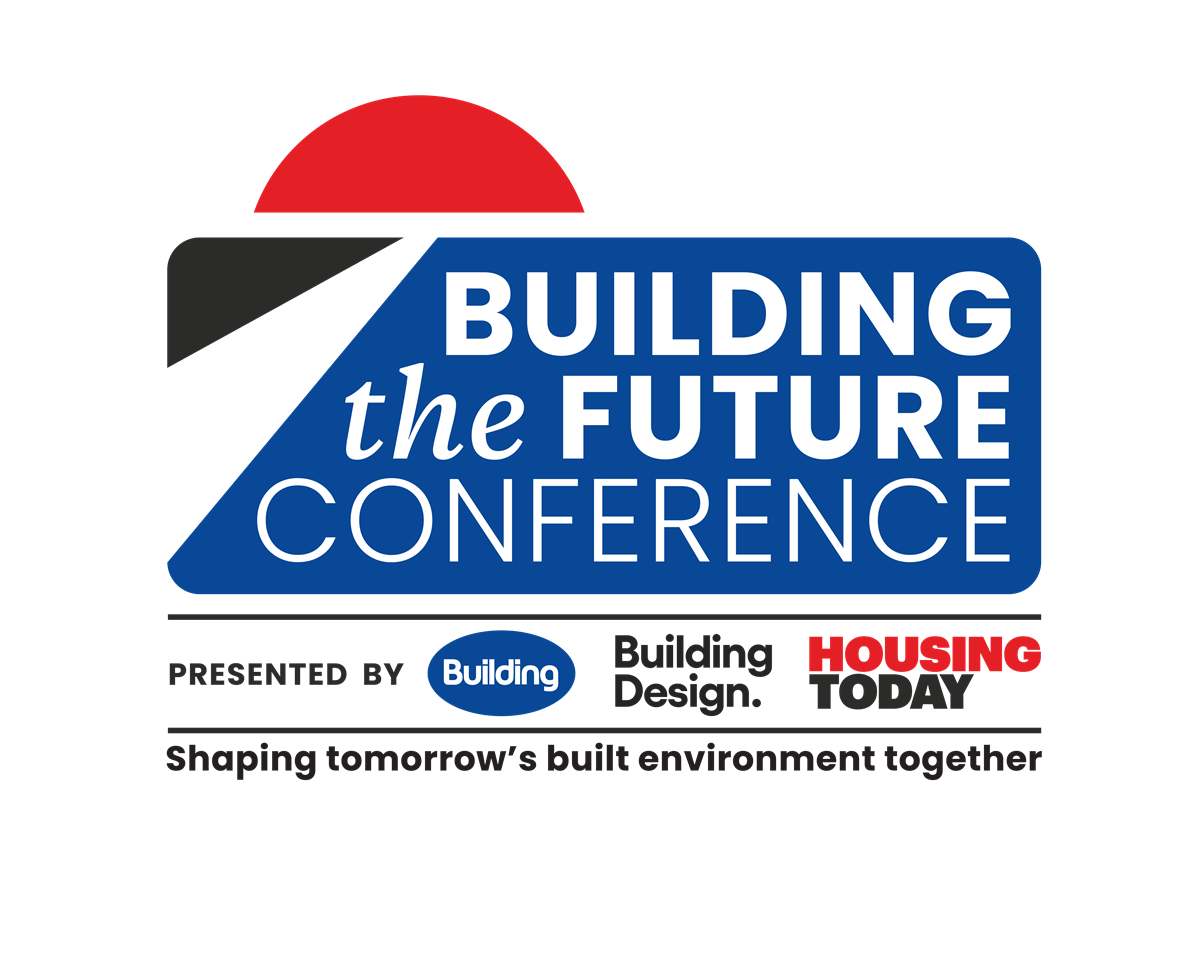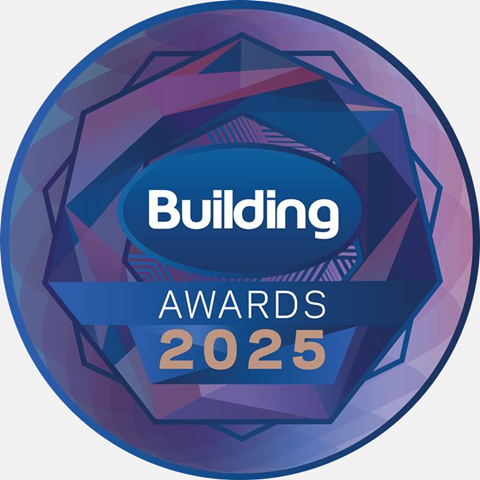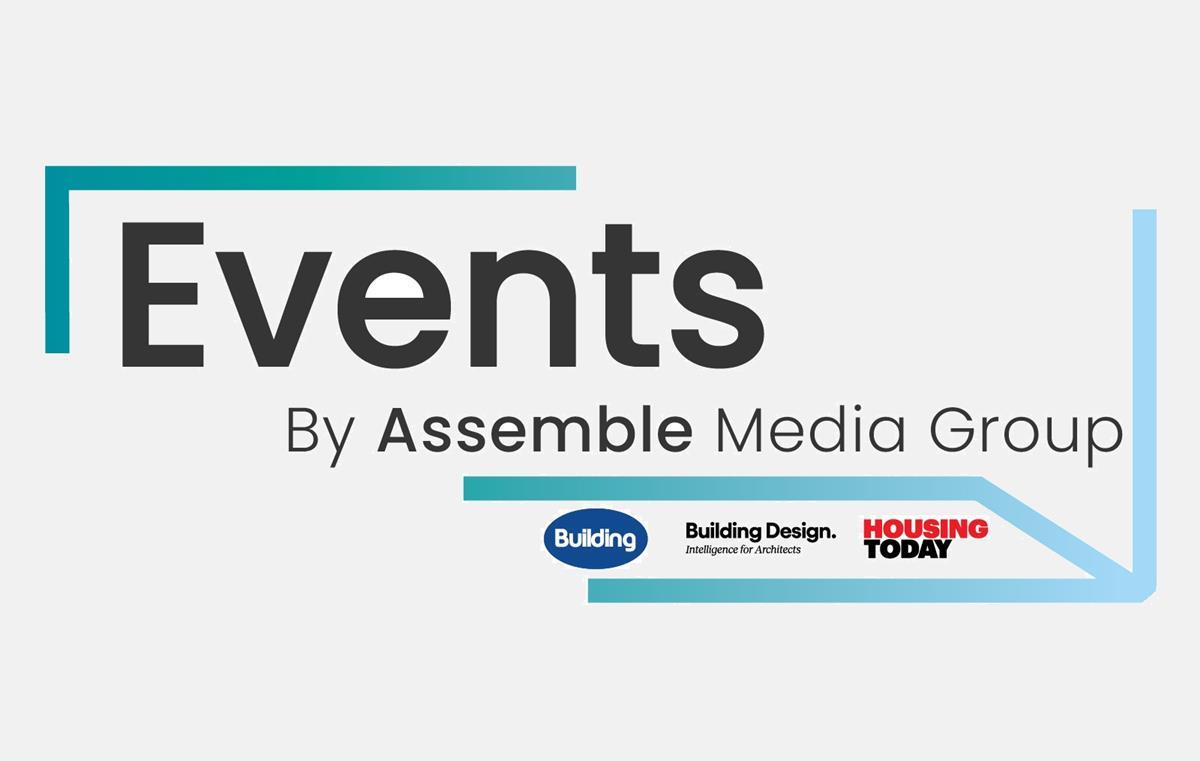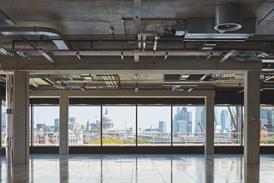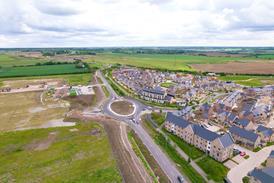- News
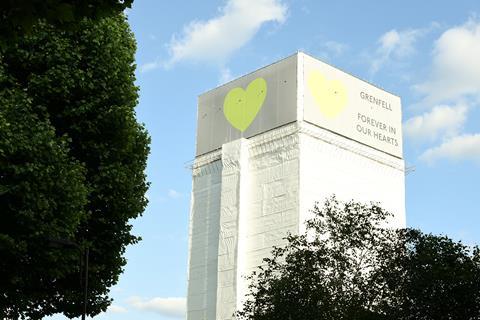
All the latest updates on building safety reformRegulations latest
- Focus
- Home
- News
- Focus
- Comment
- Events
- CPD
- Building the Future
- Jobs
- Data
- Subscribe
- Building Boardroom
Mission accomplished: University completes test drive towards net zero carbon building standard
By Thomas Lane2025-04-29T06:00:00

Source: Ella Wheatley
A small robotics laboratory is one of the pilot projects for the NZCBS. It features straw-insulated walls and a UK-sourced timber frame and shows what net zero buildings might look like after 2030. Thomas Lane reports
Hidden away in a small courtyard within Manchester Metropolitan University is a slip of a building that seeks to redefine how we think about low carbon construction. Measuring just 70m2, this single-storey project is one of the first to be benchmarked against the new net zero carbon building standard (NZCBS).
Developed by the industry, the NZCBS sets maximum limits for upfront carbon and operational energy use with an annual reporting requirement for the latter to maintain certification. There are specific limits for 14 different building types including schools, homes and offices.
The NZCBS includes an upfront carbon and energy use roadmap with limits progressively decreasing each year to 2050. This is intended to account for lower carbon building materials being developed, increased energy efficiency and better energy management.
The NZCBS is being piloted on several test projects before being formally adopted. The Robotics Living Lab, as this building is called, is a pilot project for the NZCBS. This building would comply with the upfront carbon limits for a building starting on site in 2030, so it is a pointer for how construction might look at the beginning of the next decade.
Already registered? Login here
To continue enjoying Building.co.uk, sign up for free guest access
Existing subscriber? LOGIN
Stay at the forefront of thought leadership with news and analysis from award-winning journalists. Enjoy company features, CEO interviews, architectural reviews, technical project know-how and the latest innovations.
- Limited access to building.co.uk
- Breaking industry news as it happens
- Breaking, daily and weekly e-newsletters
Get your free guest access SIGN UP TODAY

Subscribe now for unlimited access
Subscribe to Building today and you will benefit from:
- Unlimited access to all stories including expert analysis and comment from industry leaders
- Our league tables, cost models and economics data
- Our online archive of over 10,000 articles
- Building magazine digital editions
- Building magazine print editions
- Printed/digital supplements
Subscribe now for unlimited access.
View our subscription options and join our community

